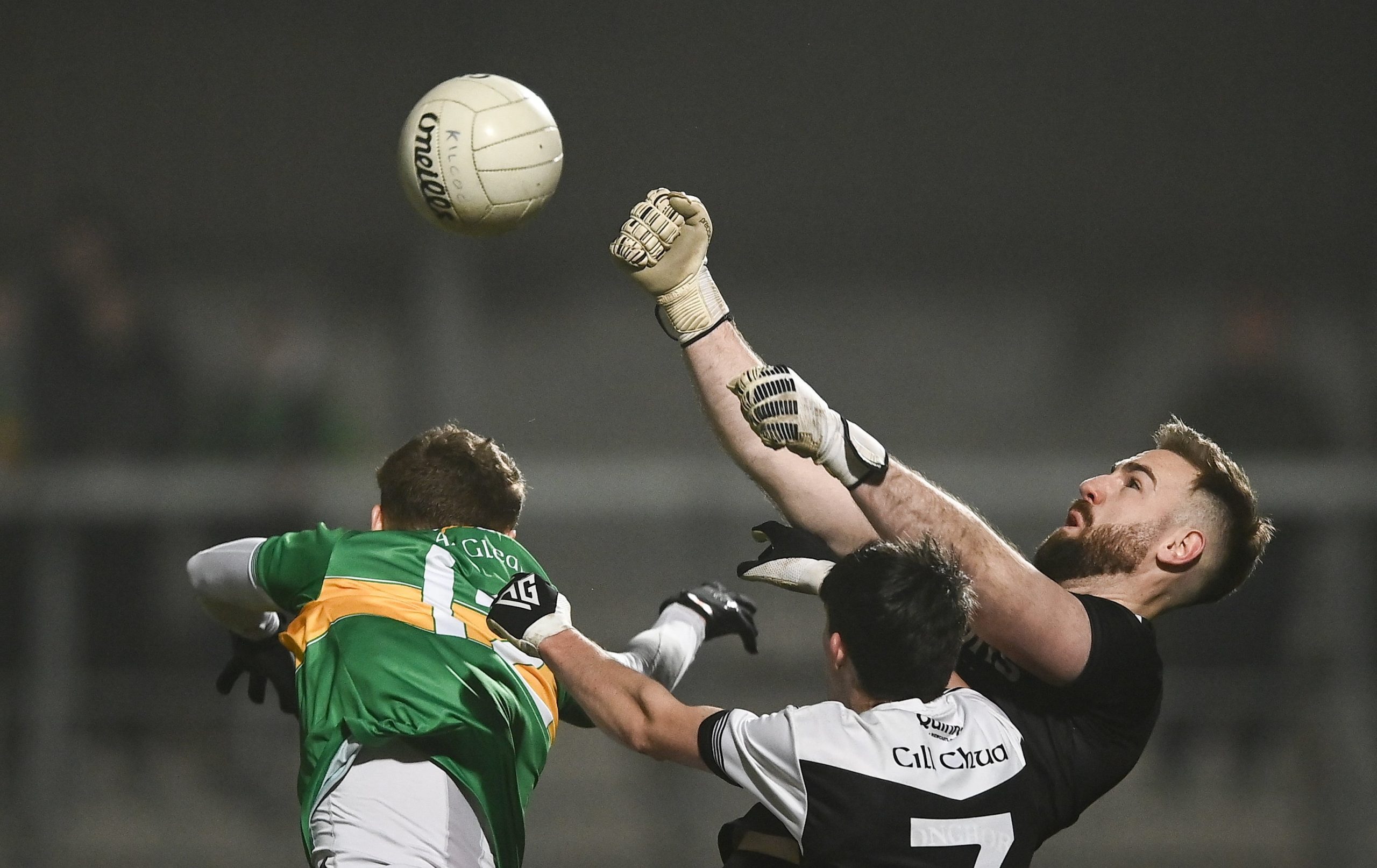THERE is no doubting that the goalkeeping position is a special one, and that it takes a very special player to be able to become a goalkeeper.
It is often said that there needs to be a touch of madness in their genius but that is par for the course whenever you are expected to do things that others simply can’t. A simple way to describe a goalkeeper is whenever everyone else is diving away from the grenade, the goalkeeper is the one jumping on it.
It is for this reason that the only other people that fully understand the plight of the goalkeeper are, of course, other goalkeepers. This is why the goalkeeping fraternity always has a very tight-knit society with a mutual understanding and respect of one another.
For me, it is essential that every club the length and breadth of the country must make provisions to strengthen the goalkeeping bonds within their club.
One of the best ways to do this is to create their own club goalkeeper’s union, so to speak.
I cringe at the very mention of the word academies as I feel it sounds elitist and exclusionary, and this can also be the way it is viewed by players, especially those who have been shunned by other academies in the past. The purpose of the goalkeeping section of the club is to promote inclusion and not make anyone feel unwelcome to be a part of it.
Below is a basic template to create your own goalkeeper’s union within your club:
MOTTO – this is a short sentence or phrase chosen as encapsulating the beliefs or ideals of your goalkeeping union. Famous examples include ‘carpe diem,’ ‘he who dares wins’ and ‘faster, stronger, higher.’
ETHOS – your ethos will define the characteristics and spirit of your goalkeeper union. An example ethos would be “MSG believe their goalkeepers should always give 100 per cent in everything that they do both on and off the field. By becoming better people they ultimately become better goalkeepers.”
PHILOSOPHY – A coaching philosophy is a set of beliefs, values, and principles that guide the coach’s behaviour, decision-making, and interactions with clients or athletes. “MSG coaches will strive to provide the highest quality coaching for all of their goalkeepers and assist them in whatever way possible in alignment with the clubs ethical guidelines.”
MISSION STATEMENT – your mission statement offers a quick outline of the purpose for your goalkeeper’s union, the areas of focus, and its functions. “Our GK Union will provide specific goalkeeping training for all members who wish to become or are existing goalkeepers within our club. It will also focus on ensuring continuous improvement and development both as a player and a coach and will function as a learning environment for all within this club’s goalkeeping fraternity.”
STRUCTURE – This is an important aspect of the goalkeeping union. It must ensure to have a hierarchial structure with the people at the top levels, ensuring that everything that the union stands for is being completed and upheld.
A simple structure for a GK Union could be: youth/club committee > head of GK > GK coaches > goalkeepers/parents.
This structure will meet regularly to discuss the running of the GK Union as well as the direction and functionality of the group. It is important that the majority, if not all of the people within this structure, are either current or ex-goalkeepers to create a cohesive group.
PLAYER PATHWAY – Decided upon by the hierarchy in place, this defines the journey each goalkeeper will take while going through the club’s GK Union system. It should have plans in place to ensure that every goalkeeper maximises on their potential and becomes not only the best goalkeeper they can be but also the best person they can become.
Having a definitive pathway affords the goalkeeper, especially younger goalkeepers, a sense of direction and supplies them with the expectations required from them as they complete their journey.
One way to structure your Player Pathway would be by using my levelled progression model which places development against the stages of skill development as opposed to age.
By completing the pathway in this manner it ensures that the skills the goalkeeper is learning are not rushed and/or fast tracked before moving on to another skill.
After this it will be important to ensure that the training is regular and consistent.
In the beginning it could be held once per month, and the coaches could include the senior members coaching the youth groups while ex-club goalkeepers or external coaches can train the senior goalkeepers. Having a trained goalkeeping coach within your club will be invaluable at this stage.
Compiling specific goalkeeping drills and training methods and techniques will be vital to also assist the training of all club goalkeepers. By compiling a coaching resource for your goalkeepers and making it easily accessible to them it will allow them to further their own development by themselves on an ad hoc basis.
It will also make it more accessible for coaches both goalkeeper and non-goalkeeper if and when they want to provide specific training for the goalkeepers in each team across the age groups.
With the growth season fast approaching and/or with many underage teams already in this time of the year, now is the best time to put plans into action to create your club’s own goalkeeping union.
If you would like to discuss any details within this article further or would be interested in creating your own goalkeeping union within your club, please contact me on any of the details below.
Email: pmgoalkeeping@hotmail.com; Facebook: @MSoG11; Twitter: @MorSchGk
Receive quality journalism wherever you are, on any device. Keep up to date from the comfort of your own home with a digital subscription.
Any time | Any place | Anywhere














